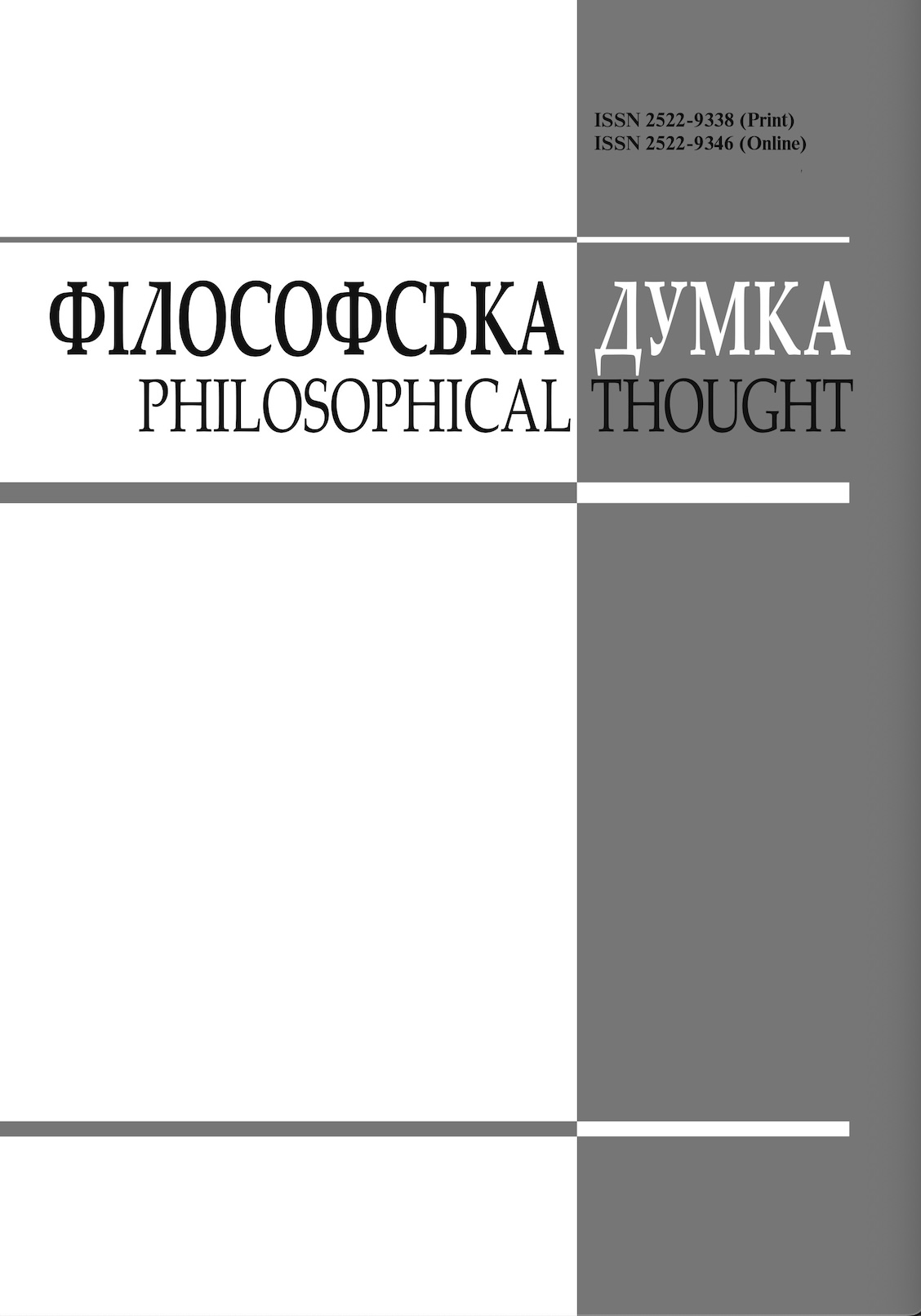Why There Is “the Hard Problem of Consciousness”?
Abstract
The most prominent aspect of the contemporary Philosophy of Mind is the hot discussion between adherents of materialist directions, who think that modern scientific knowledge gives persuasive evidence that the mind is identical with or constituted by some physical structures and processes in the brain, and opponents of materialism, who point out the existence of an explanatory gap from the physical to the phenomenal (subjective) or “the hard problem” of consciousness, that is, of explaining the existence of subjective experiences.
In this paper, the author expounds the meaning of the concepts of the explanatory gap and the hard problem, and argues for their reality and ontological significance. To explain the existence of the hard problem of consciousness, the author highlights the principal difference between the task of physical reduction of the phenomenal mind, and all other cases of successful physical reduction. He concludes that the explanation of the subjective (phenomenal, experience, consciousness) on the basis of something that has no subjective experiences and awareness, that is, the reduction of the mental (subjective) to nonmental (nonsubjective) is impossible in principle. The alternative to such an explanation (reduction) is bridging the physical-to-mental explanatory gap with special psychophysical laws of nature, which would mean that materialism is false and some variety of mindbody dualism is true.
References
Chalmers, D. (1995). Facing Up to the Problem of Consciousness. In: Journal of Consciousness Studies, 2(3), 200–219.
Chalmers, D. (1996). The Conscious Mind. New York, Oxford: Oxford University Press. Jackson, F. (1982). Epiphenomenal Qualia. In: Philosophical Quarterly, 32, 127–136.
Jackson, F. (1986). What Mary Didn't Know? In: Journal of Philosophy, 83, 291–295. https://doi.org/10.2307/2026143
Levine, J. (1983). Materialism and Qualia: The Explanatory Gap. In: Pacific Philosophical Quarterly, 64, 354–361. https://doi.org/10.1111/j.1468-0114.1983.tb00207.x
Levine, J. (2001). Purple Haze: The Puzzle of Consciousness. New York: Oxford University Press. https://doi.org/10.1093/0195132351.001.0001
McGinn, C. (1999). The Mysterious Flame. New York: Basic Books.
Nagel, T. (1974). What is it like to be a bat? In: Philosophical Review, 82, 435–450. https://doi.org/10.2307/2183914.
Nagel, T. (1979). Panpsychism. In: Nagel, T. Mortal Questions. New York: Cambridge University Press, 181–196.
Downloads
-
PDF (Українська)
Downloads: 1196
Published
How to Cite
Issue
Section
License
Authors who publish with this journal agree to the following terms:
- Authors retain copyright and grant the journal right of first publication.
- Authors are able to enter into separate, additional contractual arrangements for the non-exclusive distribution of the journal's published version of the work (e.g., post it to an institutional repository or publish it in a book), with an acknowledgement of its initial publication in this journal.
- Authors are permitted and encouraged to post their work online (e.g., in institutional repositories or on their website) prior to and during the submission process, as it can lead to productive exchanges, as well as earlier and greater citation of published work (See The Effect of Open Access).


